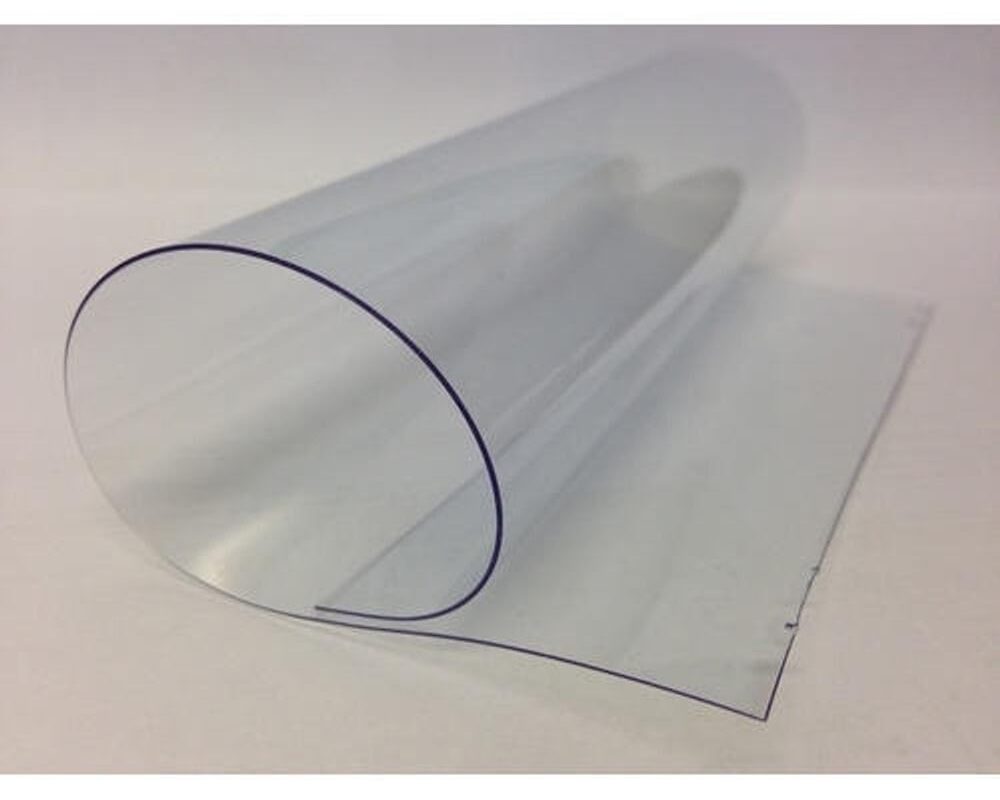Transparent plastics play a vital role in modern lifestyles by catering to packaging needs across multiple industries including food & beverages, consumer goods, and healthcare among others. They are predominantly used in flexible packaging solutions for convenient packaging of snacks, confectioneries, and personal care products.
The global transparent plastics market primarily includes rigid plastics such as polyethylene terephthalate (PET), polyvinyl chloride (PVC), polycarbonate (PC), and polypropylene (PP) along with flexible plastics such as ethylene vinyl alcohol (EVOH), polyethylene (PE), polyvinylidene chloride (PVDC), and polymethyl methacrylate (PMMA). Rigid plastics are majorly used in packaging of bottled beverages, while flexible plastics provide convenience to consumers in the form of bendable, stackable, and lightweight packaging.
The global transparent plastics market is estimated to be valued at US$ 167.1 Bn in 2023 and is expected to exhibit a CAGR of 3.6% over the forecast period 2023 to 2030, as highlighted in a new report published by Coherent Market Insights.
Market Dynamics:
Increasing demand for sustainable packaging solutions is expected to drive the growth of the transparent plastics market over the forecast period. Growing environmental concerns have compelled various industries to adopt sustainable and eco-friendly packaging alternatives. Transparent plastics provide an effective solution by enabling manufacturers to reduce plastic usage while maintaining product visibility for consumers. Plastics such as PET, PE, and PP are highly recyclable and contain up to 30% recycled content, thereby lowering carbon footprint. Government policies and regulations promoting use of recycled plastics for food-grade packaging will further boost market growth. Another factor fuelling the market is growing support from plastic manufacturers to develop bio-based and biodegradable plastics. Technological advancements enabling production of plastics from renewable feedstock such as sugarcane, corn starch, and lignocellulosic biomass are expected to open new avenues over the coming years.
Segment Analysis
The transparent plastics market can be segmented into polycarbonate, polymethyl methacrylate, acrylonitrile butadiene styrene, styrene block copolymers, and other materials. The polycarbonate segment dominates the market and accounts for over 30% share due to its high durability, clarity, and impact resistance. It has applications in automotive components, medical devices, greenhouses, and safety goggles.
PEST Analysis
Political: Regulations regarding plastic waste recycling and disposal differ across countries and regions impacting the market dynamics. Economic: Changes in global GDP growth rates affect demand across end use industries like automotive, electronics, construction, aerospace. Social: Rising environmental awareness is driving demand for sustainable and recyclable plastics. Technological: Advancements in polymer engineering help develop new transparent plastics with enhanced properties for specialized applications.
Key Takeaways
Global Transparent Plastics Market Size is expected to witness high growth. Regional analysis comprises Asia Pacific dominates the market currently accounting for over 40% share due to strong electronics and automotive industries in China, Japan, India, and Southeast Asia.
Key players operating in the transparent plastics market are Dow Inc., Covestro AG, Eastman Chemical Company, SABIC, Arkema S.A., Mitsubishi Chemical Corporation, Evonik Industries AG, Sumitomo Chemical Co., Ltd., Teijin Limited, LG Chem Ltd. Key players operating in the transparent plastics market are focused on capacity expansions and new product launches to cater to growing demand from end use industries and regions.
*Note:
1. Source: Coherent Market Insights, Public sources, Desk research
2. We have leveraged AI tools to mine information and compile it



